Skin gets oily for many reasons — including dehydration!
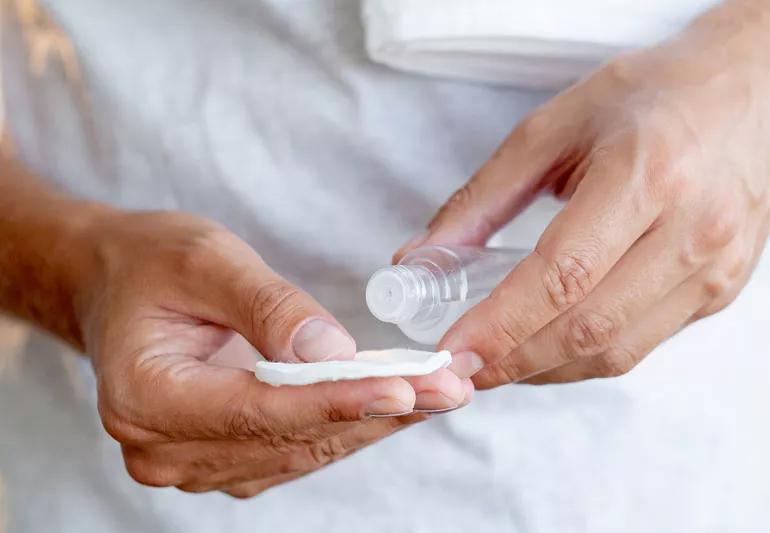
Back in 1978, Frankie Valli sang a little diddy about a word. The word was “Grease.”
Advertisement
Cleveland Clinic is a non-profit academic medical center. Advertising on our site helps support our mission. We do not endorse non-Cleveland Clinic products or services. Policy
He told us that it’s got groove, it’s got meaning.
Perhaps he’s right about that, but when it’s on your face, it also has a tendency to get annoying.
We talked to family physician Simon Hodes, MB ChB, about why some of us have a bit more “groove and meaning” than others — and what to do about it.
There are a lot of reasons your skin may be a little on the shiny side:
Advertisement
You can’t fight your DNA and you can’t get rid of oily skin overnight; you have to build a routine and make a series of lifestyle changes. But what do you do if you happen to have a slick on your forehead right now?
Your best bet is blotting the offending skin with an oil-absorbing sheet, which you can find for sale anywhere that sells cosmetic products. It’s important that you actually blot your skin — rubbing the sheet on the oily areas will just spread the oil around your face and may irritate your skin.
If you wear makeup, there are a host of mattifying primers, moisturizers, bb creams, sunscreens and powders out there that may be able to help in the moment as well.
While it may work in a pinch, being dependent on oil-absorbing sheets or rollers to feel your best isn’t ideal. The most effective way to get your oily skin under control is to adjust your skin care routine and make a few small but impactful lifestyle changes.
If you’re not already in the habit of washing your face twice a day, Dr. Hodes suggests doing so using a gentle cleanser. It’s also important to be sure you wash whenever you exercise.
When you wash your face, avoid products that say they’re for oily skin. Products that dry out your skin too much will actually stimulate oil production, so you’re better off with a mild, foaming face wash. By “mild,” we mean cleansers that are unscented, oil-free and noncomedogenic — a fancy term for products that won’t clog your pores.
You’ve probably heard that it’s important to resist the temptation to scour your face when you wash. That’s especially true if you’re struggling with oily skin.
“Try not to rub too hard. That’s going to make it worse,” Dr. Hodes advises. That’s because your skin produces more oil when it’s irritated. You should likewise avoid using a washcloth, loofah or rough mechanical exfoliants on your face for the same reason.
Toners have evolved a lot in the past few decades. In the past, these products were usually harsh astringents that could easily irritate the skin. Today, soothing toners are the norm. Just be sure to patch test the product on your inner arm before you put it on your face.
It may be a bit counterintuitive at first, but people struggling with oily skin actually need moisture. That’s because parched skin produces more sebum. If you keep your face hydrated, your sebaceous glands don’t have to work as hard.
The same is true of sunscreen: Sun-damaged skin is unhappy skin. If you have oily skin, you may find that sunscreen breaks your skin out. Look for products that use zinc oxide and titanium dioxide and avoid scents and oils.
Pro tip: There are a lot of mattifying moisturizers out there that already have sunscreen mixed in. Just make sure you patch test any new product you buy before slathering it on your face.
Advertisement
We’ve covered hydrating your skin, but hydrating from within is just as important. That means drinking plenty of water. When you do, your sebaceous glands are less likely to be overreactive.
Dr. Hodes notes that it’s important to be mindful of the ingredients in your skin care products and cosmetics.
If you tend toward oily skin, some trendy products, like skin oils, could make your condition worse. Techniques like double-cleansing — which uses oil-based cleansers — will work wonders for some people with oily skin, but they’re going to break out others. One size definitely doesn’t fit all.
Your best bet is to seek out skin care products and cosmetics that say they’re oil-free and noncomedogenic. It’s likewise best to steer clear of alcohol-based products, as they could irritate your skin and cause increased oil production.
It’s easier said than done, we know. But touching your face — in addition to potentially introducing bacteria and dirt — can spread the oil around.
For the same reason, make sure you’ve cleaned your hands thoroughly before beginning your skin care routine. Nothing will undo a great skin care regimen faster than a pair of dirty hands.
When is it time to talk to a healthcare provider about your oily skin? And when is it time to get a referral to a dermatologist? According to Dr. Hodes, that question depends entirely on you. After all, oily skin by itself is not a problem. It’s natural.
Advertisement
“Ultimately, it’s personal,” he says. “If your skin is upsetting you, that’s a very personal thing. If over-the-counter remedies and natural products aren’t working, then you may want to seek medical help.”
A dermatologist may be able to prescribe medicine to get the oil production under control. They may also be able to help you determine what the best products are for your skin.
Keep in mind, though, that any changes you make to your skin care routine will take time to have an impact. If you don’t see positive changes in your skin after a month or two, that’s when you should start thinking about seeking out additional help.
Oily skin, on its own, is a cosmetic concern, not a health concern. It’s perfectly natural for some people’s sebaceous glands to produce more oil than others. How oily your skin gets is determined by a wide range of factors, from your family tree and the weather to your diet, stress levels, hormone fluctuations and hydration levels.
If you’re looking for a quick fix for excess sebum, oil-absorbing sheets or mattifying cosmetics are the way to go. Longer-term solutions will require a careful look at your skin care practices, a commitment to staying hydrated inside and out, and — if over-the-counter and at-home solutions aren’t helping — the aid of a dermatologist.
Advertisement
Learn more about our editorial process.
Advertisement
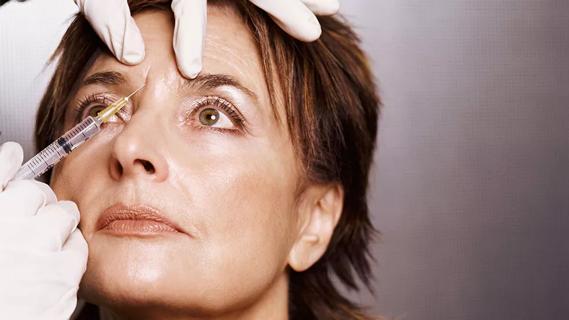
With repeat injections over time, you may be able to slow the development of new wrinkles

Pantothenol is a powerful moisturizer and can help repair damaged skin and hair

This alternative to retinol may be easier on sensitive skin

Day creams should protect your skin, night creams should soothe and repair it
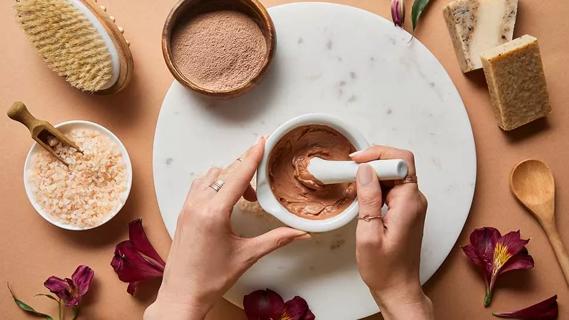
Pure cocoa butter can help keep your skin supple, with a subtly delicious scent
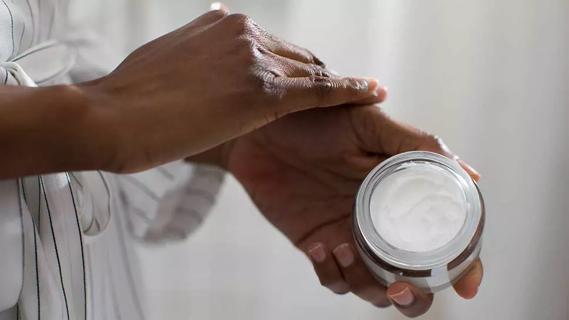
Keep your showers short and lukewarm, and moisturize promptly after with a cream containing ceramides
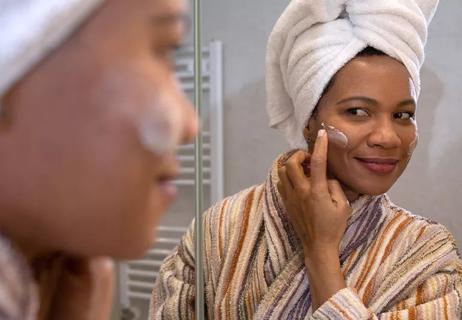
Focus on the philosophy — replenishing and respecting your skin — not necessarily the steps
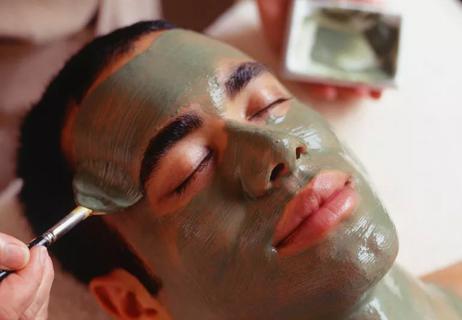
Lie back and relax as a skin specialist cleanses, exfoliates and hydrates your skin

Type 2 diabetes isn’t inevitable with these dietary changes

Applying a hot or cold compress can help with pain